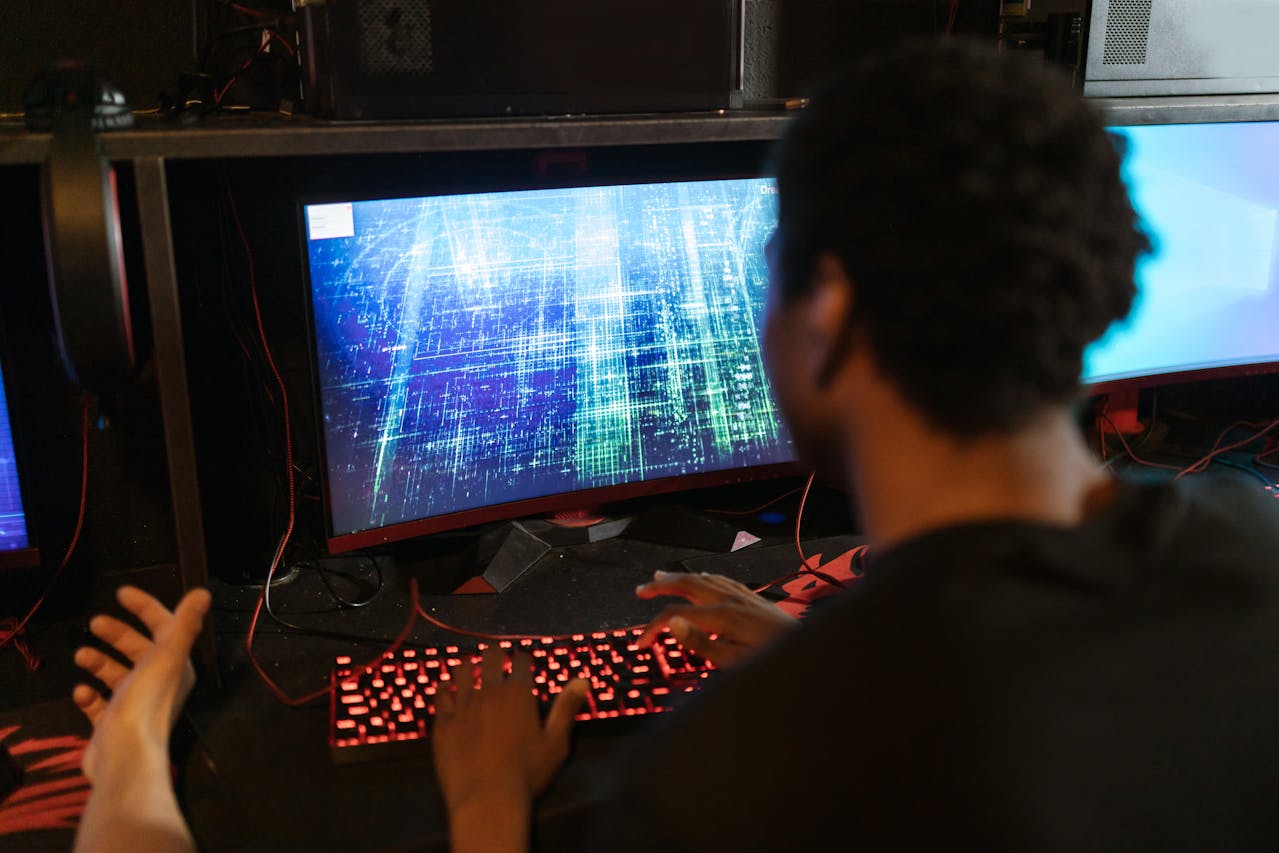Networking for Gaming: Tips for Optimizing Your Connection and Reducing Lag
In the world of gaming, a stable and fast internet connection can make all the difference between victory and defeat. Whether you’re an aspiring esports champion or a casual player, dealing with lag can be frustrating. Understanding how to optimize your network can lead to smoother gameplay and a better overall experience. Let’s dive into some practical tips for optimizing your gaming connection and reducing lag.

Understanding Lag: What Is It?
The Basics of Lag
Lag refers to the delay between a player’s action and the game’s response. It can manifest in various forms, such as delayed movements, stuttering visuals, or disconnection from the server. Lag is often measured in milliseconds (ms), with anything over 100ms typically causing noticeable gameplay issues. The primary culprits behind lag are high ping, packet loss, and inadequate bandwidth.
Common Types of Lag
-
Network Lag: Caused by poor internet connection or server issues.
-
Client Lag: Related to your hardware or software performance, often due to insufficient processing power.
-
Input Lag: The delay between when you input a command and when it registers in the game, often influenced by your monitor's refresh rate and response time.
Understanding these concepts will help you identify and resolve lag issues more effectively.
Choose the Right Internet Plan
Assess Your Bandwidth Needs
Before anything else, ensure you have an internet plan that meets your gaming needs. For online gaming, a minimum of 25 Mbps download speed is recommended, while upload speeds of 5 Mbps or higher can enhance performance in multiplayer games.
Consider Fiber Optic
If available in your area, consider upgrading to fiber optic internet. Fiber offers faster speeds and more reliable connections compared to traditional cable or DSL, reducing lag significantly.
Optimize Your Network Setup
Use a Wired Connection
While Wi-Fi is convenient, a wired Ethernet connection is more stable and faster. Connecting your gaming console or PC directly to the router reduces interference and latency, providing a smoother gaming experience.
Position Your Router Properly
If you must use Wi-Fi, ensure your router is centrally located and elevated to minimize obstructions. Avoid placing it near other electronic devices that might cause interference, such as microwaves or cordless phones.
Upgrade Your Equipment
Investing in a high-quality router can significantly improve your gaming experience. Look for routers that support QoS (Quality of Service) settings, which prioritize gaming traffic over other activities like streaming or downloads.

Optimize Your Network Settings
Configure QoS Settings
As mentioned, routers with QoS settings allow you to prioritize gaming traffic. By setting your console or gaming PC as the highest priority device, you ensure it receives the necessary bandwidth even during high traffic times.
Change Your DNS Settings
Using a different DNS server can improve loading times and reduce latency. Consider switching to a public DNS like Google DNS (8.8.8.8) or Cloudflare DNS (1.1.1.1) for potentially faster connections.
Manage Background Applications
Close Unnecessary Programs
Running too many applications in the background can consume bandwidth and processing power. Before you start gaming, close applications like web browsers, file-sharing services, and streaming services to free up resources.
Check for Updates
Ensure your games and system software are up to date. Sometimes lag can be caused by software bugs that developers have addressed in patches. Regularly checking for updates can help maintain optimal performance.

Monitor Your Connection
Use Network Monitoring Tools
Consider using tools like PingPlotter or NetSpeedMonitor to track your connection quality. These tools can help you identify any spikes in latency or packet loss and provide insights into where issues might be occurring.
Perform Speed Tests
Regularly conduct speed tests (using services like Ookla Speedtest) to ensure you're getting the speeds you pay for. If you notice discrepancies, contact your internet service provider (ISP) for assistance.
Choose the Right Game Server
Select Local Servers
When possible, choose game servers that are geographically closer to you. This can significantly reduce ping times and enhance your gaming experience.
Be Mindful of Server Status
Sometimes, lag can be due to server issues rather than your connection. Check game status pages or community forums to see if other players are experiencing similar issues.
Optimizing your network for gaming is essential for reducing lag and enhancing your overall gaming experience. By understanding the factors that contribute to lag and implementing the tips outlined above, you can create a more stable and enjoyable gaming environment. Remember, whether you’re competing at the highest levels or just having fun with friends, a strong and reliable connection can make all the difference. Happy gaming!












